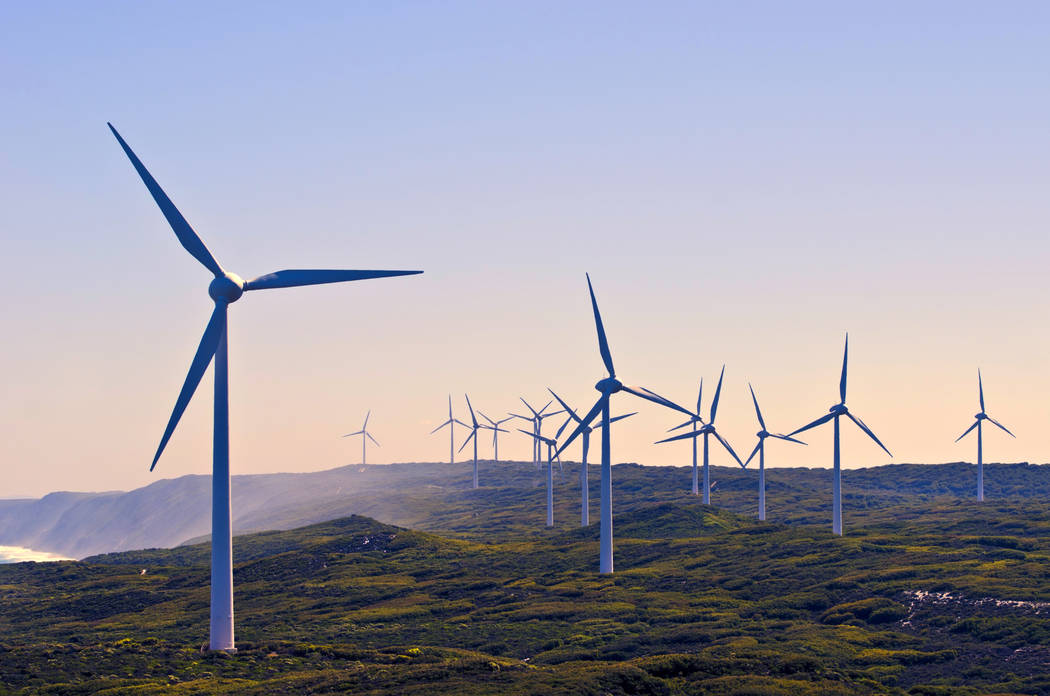University study says wind turbines threaten migrating bats
BEND, Ore. — A Pacific Northwest bat that that migrates south for the winter faces a serious threat from wind turbines, according to a study by Oregon State University-Cascades.
The study concludes that the hoary bat faces an uncertain future because its numbers have declined by 2% per year, the Bend Bulletin reports.
Collisions with propellers on wind farms kill bats, said Tom Rodhouse, one of the authors, an ecologist with the National Park Service and a courtesy faculty member at OSU-Cascades.
Another cause is barotrauma, which occurs when bats fly through low pressure zones created by the spinning blades of a wind turbine. The sudden change in pressure causes their lungs to expand faster than the bats can exhale, resulting in burst vessels that fill their tiny lungs with blood, Rodhouse said.
“This and direct collisions with the turbines has resulted in millions of bat deaths over the last two decades,” said Rodhouse.
Oregon and Washington have 3,600 wind turbines that generating capacity of 6,300 megawatts. Most wind farms are clustered near the Columbia River Gorge. Others are near Ellensburg and Walla Walla in Washington and Baker City in Oregon.
While migrating, hoary bats fly into danger zones because their sophisticated sonar capabilities do not detect the pressure drops, Rodhouse said.
Barotrauma has similarities to decompression sickness experienced by divers. Lungs of birds are more rigid, with strong capillaries, making them less vulnerable to the pressure changes near wind turbines.
White-nose syndrome, a disease that has killed bats elsewhere, is not affecting the hoary bat, Rodhouse said.
Hoary bats are named after their white-tipped fur coats, which look frosty. They hunt at night and feed on pests that eat crops. The animals are slow to reproduce in the Pacific Northwest, with females producing just one to three pups per year, Rodhouse said.
Cris Hein of the U.S. Department of Energy’s National Renewable Energy Laboratory said there are ways to combat the problem.
Technology to protect the bats includes ultrasonic deterrents that that may prevent bats from approaching the wind turbines. Another option is to turn off turbines in late summer and fall when bats are migrating.
The study was published in Ecology and Evolution.

















